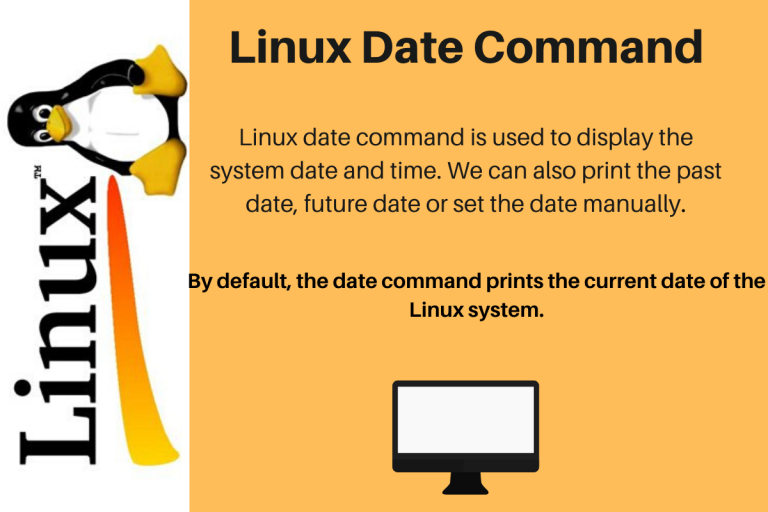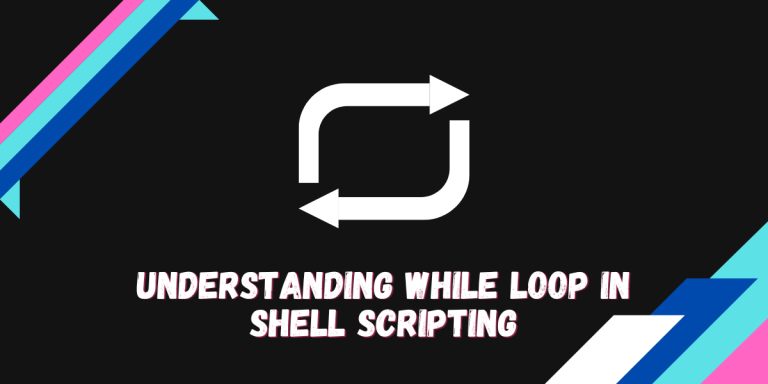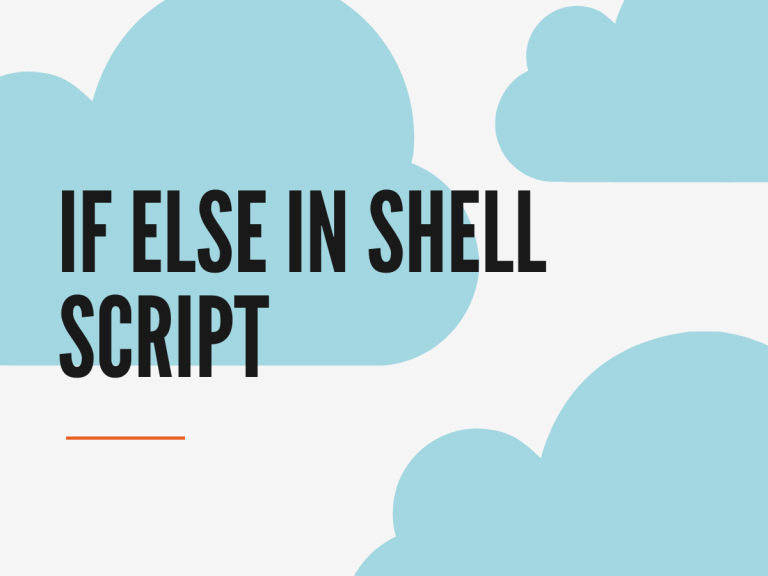Linux date Command

Linux date command is used to display the system date and time. We can also print the past date, future date or set the date manually. By default, the date command prints the current date of the Linux system. Here…

Linux date command is used to display the system date and time. We can also print the past date, future date or set the date manually. By default, the date command prints the current date of the Linux system. Here…
The mv command in Linux allows you to move a file from one location to another. Also, we don’t really have a rename command in Linux. Instead, we move files from one name to another. This is facilitated by the…

In the previous shell scripting 101s, we covered arrays and variables in shell scripts for Unix and Linux environments. In this tutorial, we’ll cover the while loop in shell script. A while loop in shell scripts is used to repeat instructions…
If you’re on a newer version of Debian or pretty much any other Linux distribution, you will already have Python installed in your system. But maybe you don’t have the latest one. Let’s start by checking which version is installed,…
We recently learned about the cat and the more commands in Linux. In this tutorial, we’ll be covering the head command which is pretty similar to the cat command in the essence that it helps you list down the contents…
In our previous tutorial, we learned the use of the while loop in shell scripts. Now, let’s make use of the break and continue statement in Linux and manipulate the flow of loops. As we know, a loop will end…
Installing the GCC compiler is a very easy task on Debian. The APT package manager and the APT repository has everything ready for you. Let’s look at how we can install GCC on our Debian systems in a quick and…
The alias command in Linux is used to make a shortcut or an alternative name for an existing command. So instead of re-typing the same commands with all the options over and over again, you can create a shorthand for…

In our Shell scripting 101 today, we’ll learn how to make use of if else in shell script and what different situations require the use of the if and else statement in Linux. A demonstrated use of “if statement” was…
The df command in Linux is a powerful tool for monitoring disk usage and the available amount of space on your system. Whether you’re a Linux server administrator or a regular user, understanding how to use the df command can…